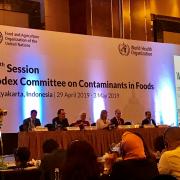
The Scientific Coordinator of the OIV, Jean-Claude Ruf, participated in the 13th CCCF session, which was held on 29 April-3 May 2019 in Yogyakarta, Indonesia.
Among the items on the agenda for this session, the delegations from Member States present discussed the revision of the maximum limits on lead in food, in particular for wine.
During the previous session in 2018, the OIV gave a speech indicating that the specific characteristics of certain types of wines should also be taken into account, such as fortified wines (a significant proportion of which would be excluded from international trade if the proposed limit was set at 0.05 mg/kg).
Moreover, following the 2018 meeting, the CCCF decided to re-establish an electronic working group, presided by the United States, to work on the maximum limits (ML) for wine obtained from grapes and fortified wines obtained from grapes harvested after the date of establishment of the ML.
For over a year, the OIV has been revising its own limits on lead
During the 13th CCCF session in 2019, the Committee discussed the recommendations of the working group regarding the maximum lead limits for wines and fortified wines. During its discussions, the OIV drew the CCCF’s attention to the fact that an overly low limit could have significant consequences for international trade. Additionally, Jean-Claude Ruf indicated that the OIV had been undertaking a revision of its own limits on lead for over a year now and that the revised limits would be proposed for final adoption during the next OIV General Assembly in July 2019 in Switzerland. This proposal aims to set the limit at 0.10 mg/L in wines and 0.15 mg/L in liqueur wines.
Finally the OIV encouraged the CCCF to take into account the OIV’s new work on this issue, in order to avoid any duplication or inconsistency in potential limits in the future.
Following the discussions within the CCCF, even though some delegations were in favour of an ML of 0.05 mg/kg for wines, a consensus was reached for an ML of 0.10 mg/kg in wines and a specific limit of 0.15 mg/kg in fortified/liqueur wines. These limits apply to products produced after the date of establishment of the ML. These proposals will be submitted for adoption by the Codex Alimentarius Commission in July 2019.
Consistency in standards and in international trade
The fact that the OIV and the Codex Alimentarius are adopting the same limits for wines and fortified/liqueur wines is therefore to be applauded, for the consistency of standards and international trade.
Furthermore, the Committee has also agreed to launch new work for 2020 on the revision of the Code of Practice for the Prevention and Reduction of Lead Contamination in Foods (CAC/RCP 56-2004), adopted by the Codex in 2004, in order to integrate methods of reduction of lead levels in food, including in wines.
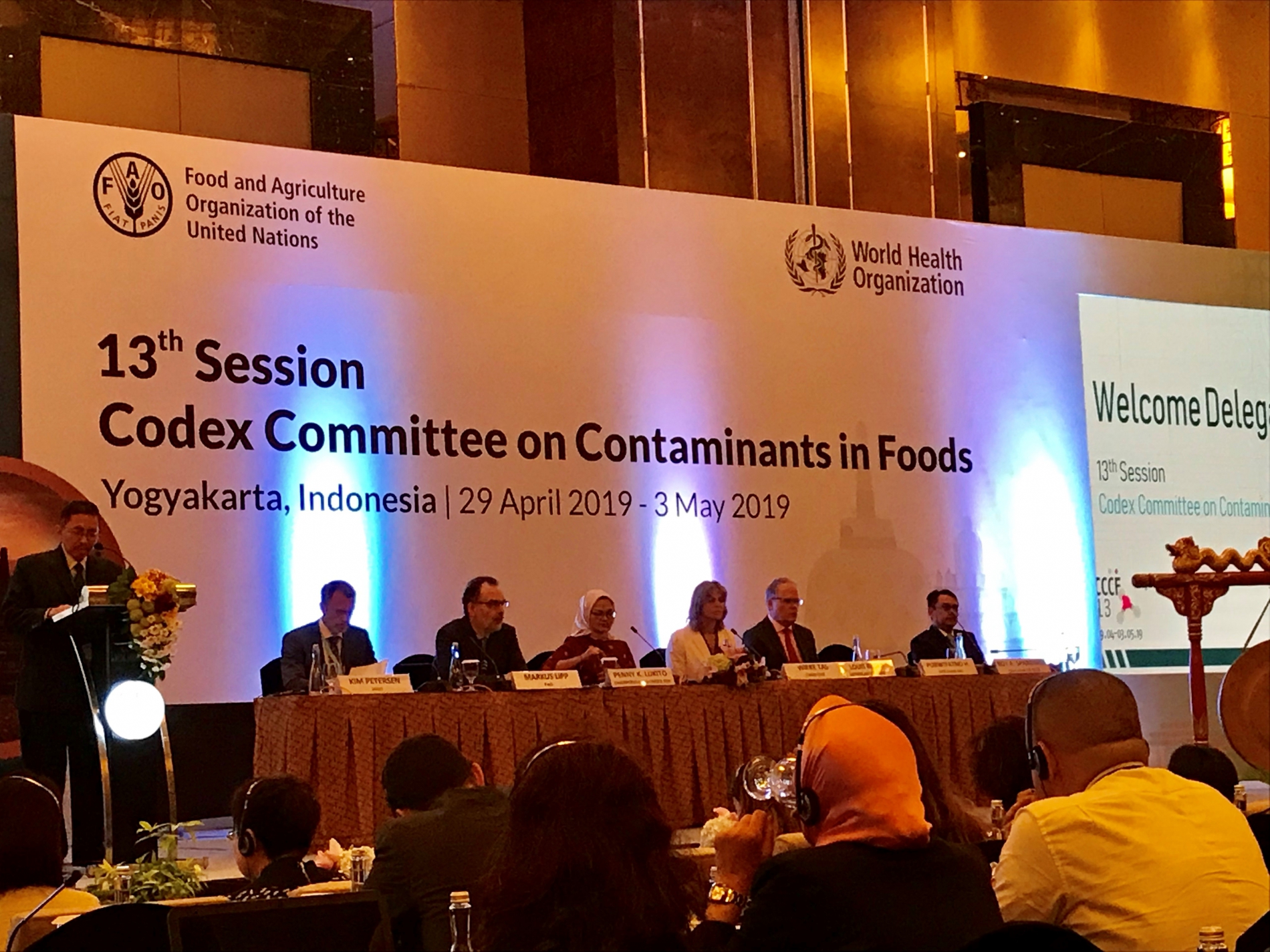
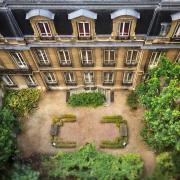
At the last meeting of the OIV’s Executive Committee, Director General Pau Roca informed Member States that a new lease had been signed for a functional site in rue Monceau (in the 8th arrondissement of Paris), while laying the groundwork for a more suitable location to be found with France, in its capacity as host State of the Organisation’s headquarters.
Located near Parc Monceau, the headquarters of the World Organisation for Animal Health (OIE), and a conference centre, the new headquarters will undergo some refurbishment work over the summer, which certain firms from the sector could support through sponsorship. For the remaining work, a call for interest has been issued in order to select suitably qualified firms.
Many Member States have expressed their regret at leaving the historic headquarters, remembered as the place where the Agreement re-establishing the OIV was negotiated. But they have also called for a solution to find, between now and the OIV’s centenary in 2024, a permanent site for the headquarters, where the Organisation can continue to develop new activities and meet the challenges of the next century.
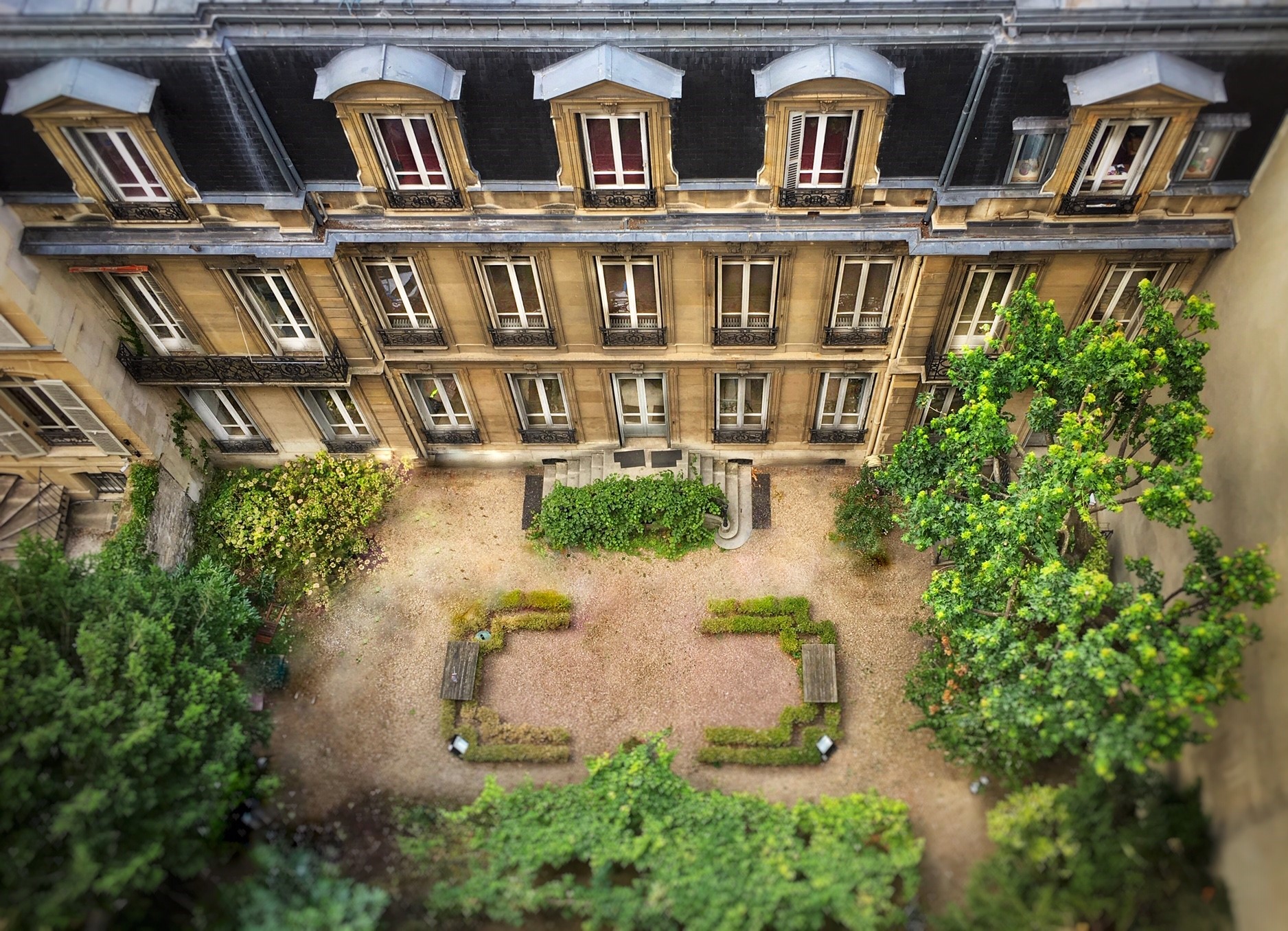
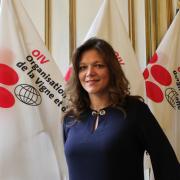
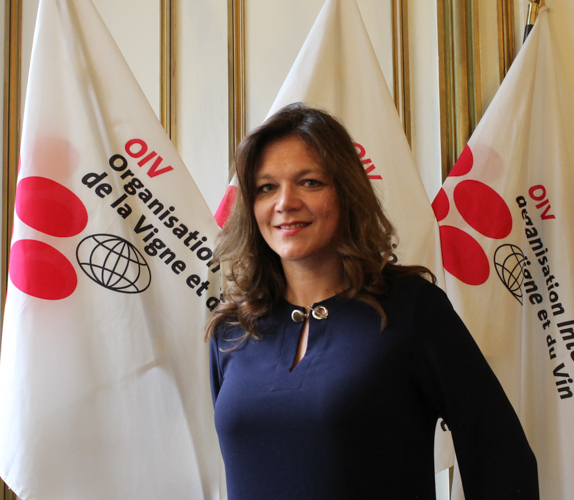
On 5 April 2019, the OIV Scientific and Technical Committee appointed the historian, medievalist, and specialist in the history of wine to the position of President of the International OIV Award Jury.
Azélina Jaboulet-Vercherre is the first woman to be appointed to this position since the creation of the OIV Awards in 1930.
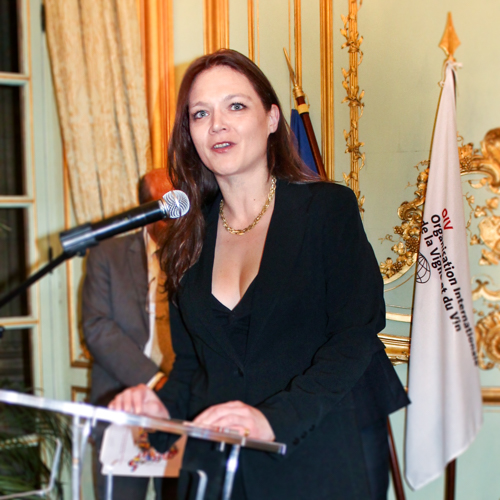
The new President of the OIV Award Jury received her PhD in history from Yale and has been conferred degrees in no fewer than four disciplines, namely art history, archaeology, literature, and history.
Her thesis focused on medical literature and natural philosophy from the twelfth to the fifteenth centuries.
Apart from her studies in history, the author has developed her critical mindset thanks to her multidisciplinary educational background in art history and Anglo-American literature.
Her innovative style when it comes to wine is entirely unique: she draws attention to the harmony between wine, art, music, emotion and feelings.
Through her historiographical and cultural approach, she strives to promote renewal in the taxonomy of wine, going beyond conventional frameworks.
This interdisciplinarity brings a unique dimension to the wine history classes and lectures/wine-tastings she delivers worldwide.
A visiting professor at Sciences Po (Paris, Summer School), she was entrusted with the task of setting up the ‘Sciences Po Wine School’.
The several years she spent teaching at the Hospitality Management School of Lausanne (EHL) and at the Changins School of Oenology Engineering provided her with the opportunity to develop her knowledge of Swiss wines.
She is a wine judge and taster for a number of competitions.
Azélina Jaboulet-Vercherre has received two OIV Awards (2013 and 2015) and an OIV Special Mention (2017).
2013 OIV Award in History, Literature and Fine Arts with:
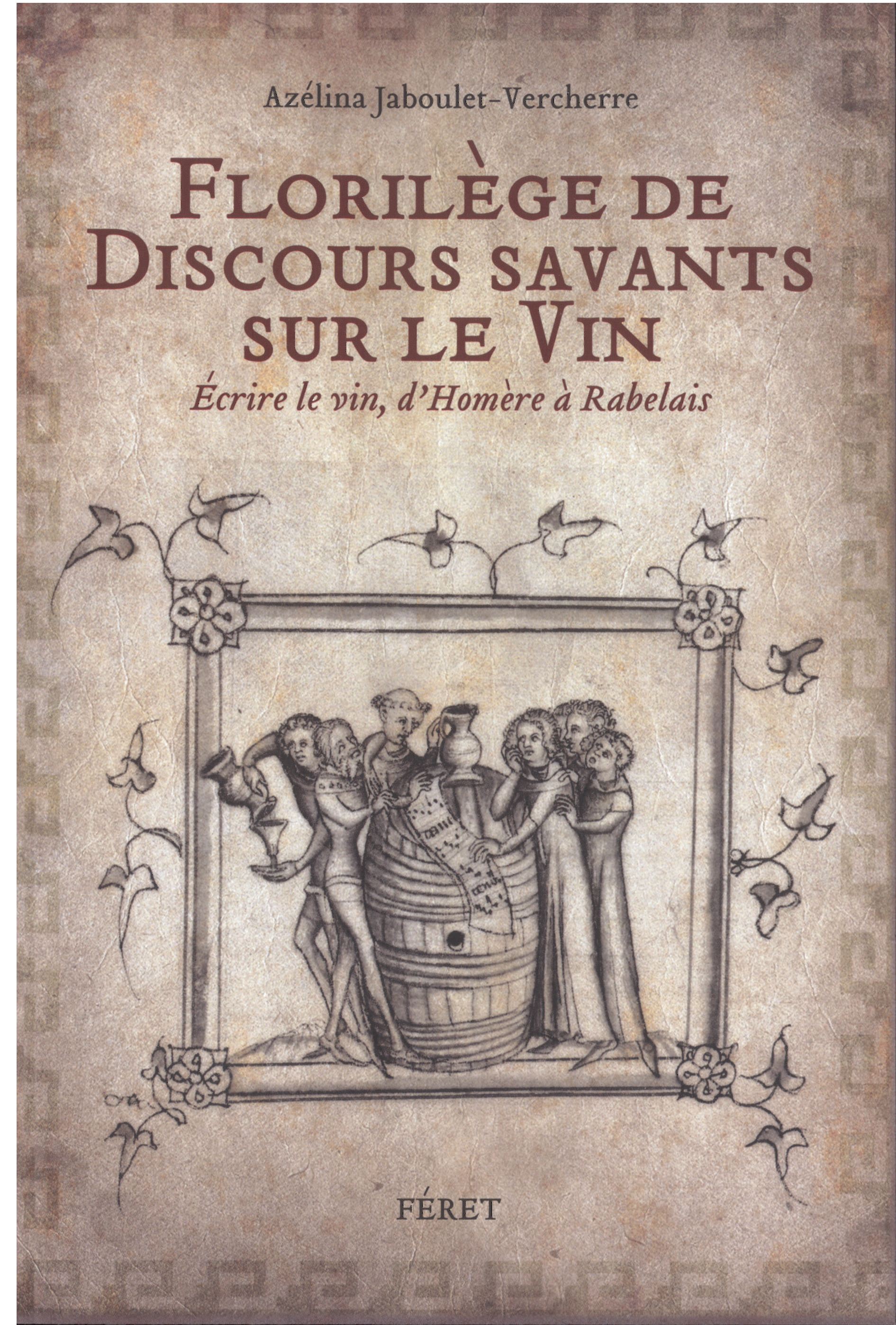
2015 OIV Award in Wine and Health with:
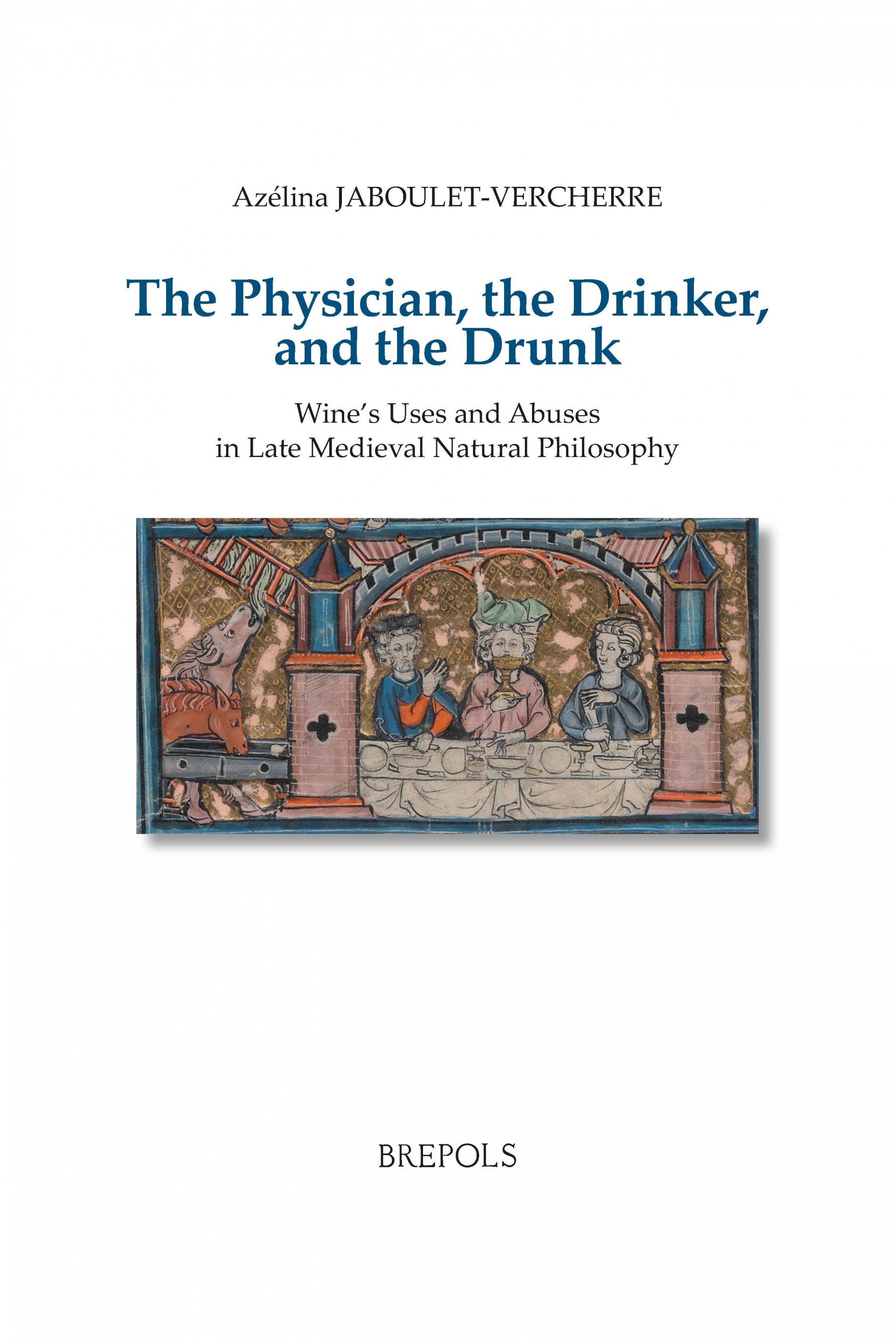
2017 OIV Special Mention in Literature with:
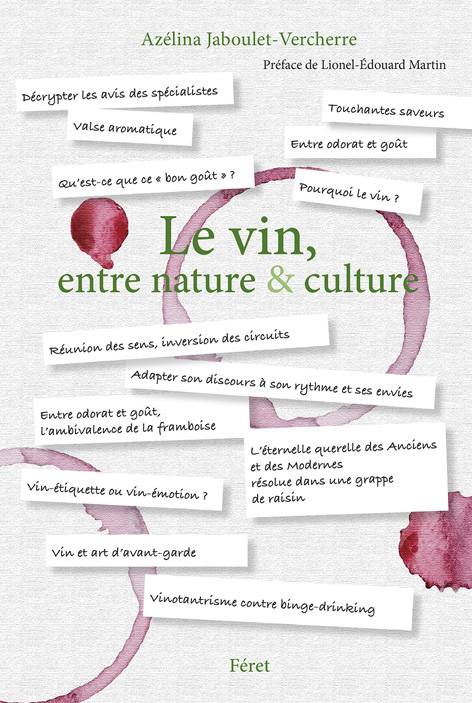
OIV AWARD JURY
MEMBERS 2019
President: Ms Azélina Jaboulet-Vercherre / France
1st Vice-President: Ms Christiane Blum / Luxembourg
2nd Vice-President: Mr Luís Carlos Ferreira Peres De Sousa / Portugal
Scientific Secretary: Mr Jean-Luc Berger (until October 2019) / France
President of the OIV: Ms Regina Vanderlinde / OIV (Brazil)
Director General of the OIV: Mr Pau Roca / OIV (Spain)
Vice-Presidents of OIV Commissions and Sub-Commissions
Mr Benjamin Bois / Viticulture / France
Mr Luigi Moio / Oenology / Italy
Mr Tony Battaglene / Economy and Law / Australia
Ms Nuria García Tejedor / Safety and Health / Spain
Mr Luís Carlos Ferreira Peres De Sousa / Table grapes, raisins and unfermented vine products / Portugal
Mr Ondřej Mikeš / Methods of analysis / Czech Republic
Former OIV Presidents (guest jury members)
Ms Monika Christmann / Germany
Ms Claudia Quini / Argentina
Mr Yves Bénard / France
Mr Peter Hayes / Australia
Mr Reiner Wittkowski / Germany
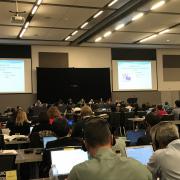
Highly contrasting positions
It is already established that where alcoholic beverages are concerned, there is little harmonisation of national regulations with Codex labelling standards. During the discussion in Ottawa, the issue of the presence on the label of the alcohol content as well as energy values and nutritional information rapidly arose and brought contrasting national positions to the fore.
Some delegations considered that the existing Codex texts sufficiently apply to alcoholic beverages and that given the different types of these products and the social values surrounding their use, it is preferable to deal with them at a national level rather than at the level of the Codex.
However, other countries highlighted that it could be necessary to provide additional guidelines specific to the labelling of alcoholic beverages and – since alcoholic beverages are not ordinary foodstuffs – it would be important to inform consumers of the health risks associated with alcohol consumption by providing reliable information on the label.
The OIV offers its expertise
The delegate for the OIV, Scientific Coordinator Jean-Claude Ruf, drew the attention of the Committee to the complexity of labelling alcoholic beverages.
Should the Codex come to undertake new work on this matter, the OIV has already specified that it would be necessary to define the minimum alcohol content of alcoholic beverages and to clarify the definitions of the products to which the standard would apply, in order to take into account the specificities of certain products.
It is worth noting that the OIV has already carried out a revision of its own standard for the labelling of wines and wine-based spirits. Therefore, it would be useful for the potential discussions within the Codex to take into consideration the work of the OIV, which is the sole intergovernmental organisation collaborating with the Codex on this topic.
Dossier to follow within the working groups formed by the Codex...

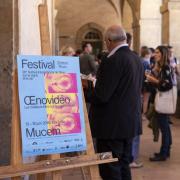
For this year’s edition, the auditorium of Mucem (Museum of the Civilizations of Europe and the Mediterranean) hosted 37 official projections, selected out of 144 films from 17 countries.
The selected films presented a number of subjects, inviting the audience to a reflexion about how the current economic and societal model should be going towards a sustainable way of living, in respect with nature.
The search for alternatives to phytosanitary products and pesticides in viticulture and the application of a biodynamic methodology of production were highlighted in several documentaries.
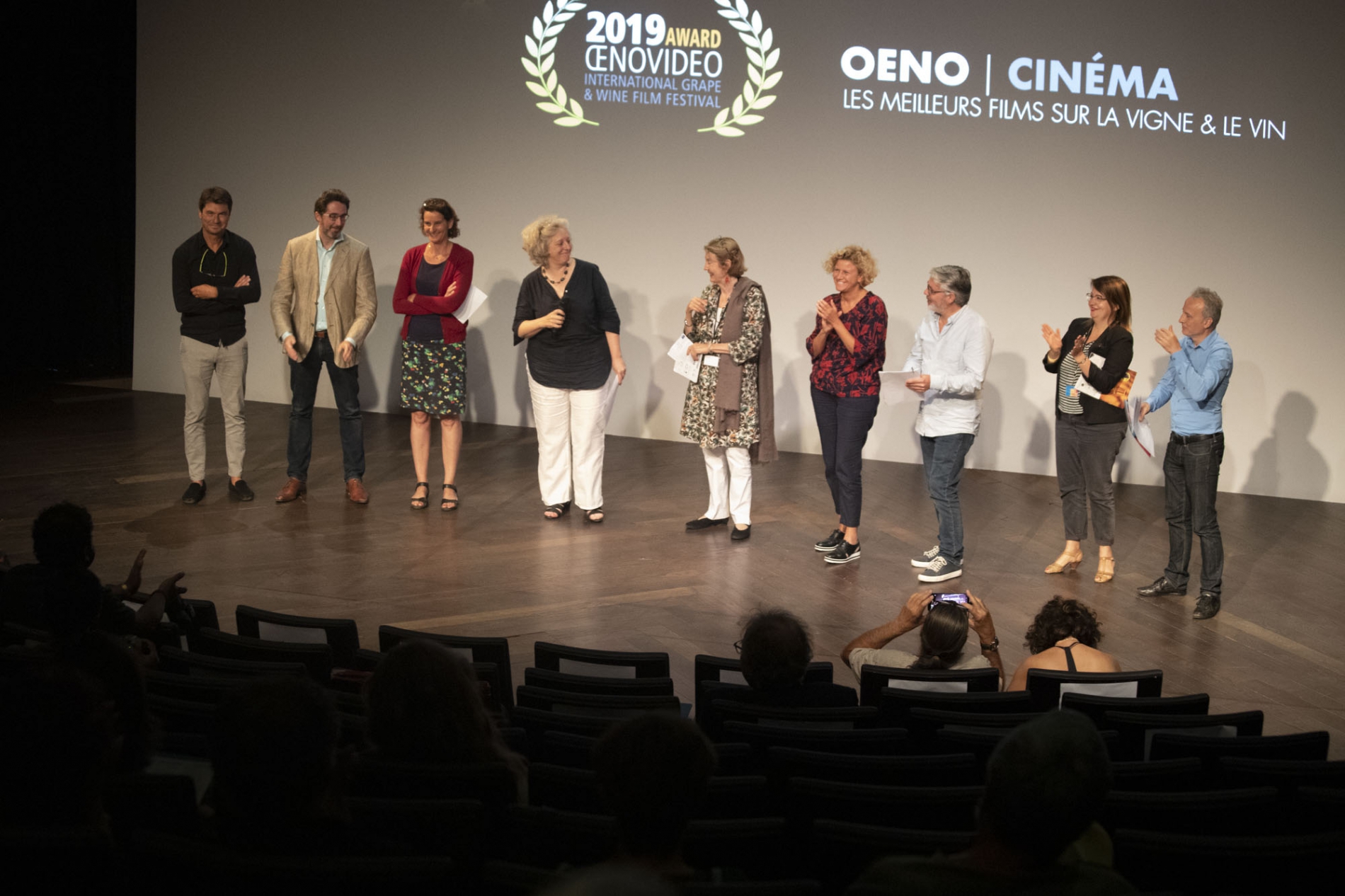
Certain films focused on the way young generations look at wine and the empowerment of women in vitiviniculture. Other themes on screen included Terroir, sustainability and ancestral methods of vinification.
The 2019 Oenovideo Grand Prix was awarded to the Catalan film “’40 hectàrees. La terra i el Pagès” (40 hectares. The land and the farmer). This film tells the story of ten farmers from the wine-growing region of Penedès (Catalonia) talking about their daily work, their difficulties in facing Cava’s big producers and their relationship with the land. Consult the list of award winners (link in French).
‘Wine, Vine and the sacred’ on pictures
Under the theme "Le vin, la vigne et le sacré : mystère d’une culture, divin nectar” (Wine, Vine and the sacred: a culture mystery, divine nectar)!" , the Terroir d'Images photography exhibition accompanying the festival for 14 years already, was held at the Vieille Charité cultural centre.
80 photographies were officially selected, out of over 1500 works by amateur photographers and professionals from 15 competing countries.
The Grand Prix winner will be revealed during the official Oenovidéo and Terroir d’Images awards ceremony, which will take place on Monday 14 October 2019 in the Palais du Luxembourg, Paris.
